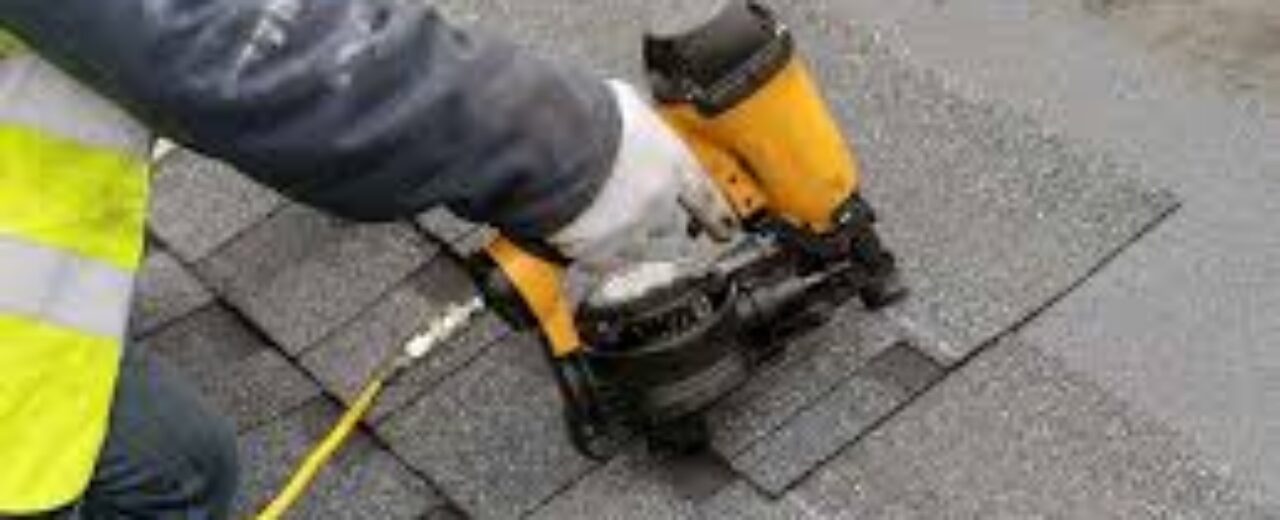The Role of Roofing Nails and Fasteners in a Secure Roof
When homeowners think about a strong and secure roof, their minds often go to shingles, tiles, or maybe even the underlayment. But one of the most critical—yet frequently overlooked—components of a well-installed roof is the small but mighty fastener. Roofing nails and fasteners are the backbone of any roofing system, holding all the layers together and ensuring your roof can withstand the test of time, weather, and the elements.
Why Fasteners Matter
Roofing nails and fasteners are responsible for keeping roofing materials, such as shingles, metal panels, or tiles, securely attached to the decking. When used correctly, they ensure that your roof performs as intended, from shedding water properly to resisting high winds. Improper fastening is one of the leading causes of premature roof failure.
Each roofing system comes with manufacturer specifications on the type, number, and placement of fasteners. Following these guidelines is critical not just for performance but also for maintaining warranty coverage.
Types of Roofing Fasteners
There are several types of roofing fasteners, and choosing the right one depends on the roofing material and local climate conditions:
- Roofing Nails: These are the most common fasteners for asphalt shingles. Galvanized or stainless-steel nails resist rust and corrosion, making them ideal for long-term exposure to the elements. Nail length and shank type (smooth, ring, or screw) also impact holding power.
- Screws: Used more frequently in metal roofing or tile roofing systems, screws offer greater holding strength and are less likely to loosen over time. They are often coated or made from stainless steel to prevent corrosion.
- Staples: While cheaper and easier to install, staples are generally not recommended for roofing because they don’t provide the same grip or resistance to wind uplift. Many shingle manufacturers do not warranty installations using staples.
Placement and Quantity Are Key
Even the best fasteners won’t perform well if placed incorrectly. Nails or screws need to be driven flush with the material—not overdriven or underdriven. Overdriving can cut through the shingle or underlayment, while underdriving leaves the fastener too loose to hold securely.
Most roofing systems require a minimum number of fasteners per shingle or panel, with additional fasteners added in high-wind zones. Proper spacing is equally important—incorrect placement can lead to uplift, leaks, or shingle blow-offs during storms.
Weather Resistance and Longevity
Using corrosion-resistant fasteners is crucial in areas exposed to high humidity, salt-laden air, or extreme weather conditions. Over time, inferior fasteners can rust, expand, or deteriorate, leading to compromised roofing integrity and costly repairs.
Conclusion
Roofing fasteners might be small, but their role in a secure, watertight roof is enormous. Whether it’s the proper type of nail, correct placement, or using enough of them, fasteners ensure that your roofing materials stay exactly where they should, protecting your home. A professional roofing contractor understands the importance of quality fasteners and proper installation techniques, making this detail one you shouldn’t overlook during your next roofing project.


